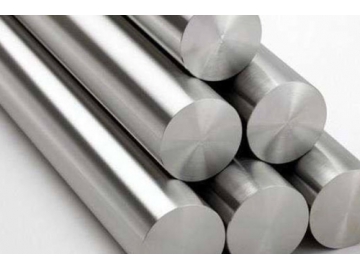Welding Consumables
Commercially pure titanium filler metal for MIG and TIG welding in applications requiring ductility and resistance to high temperature and corrosion
- Standard: AWS A5.16
| C | O | N | H | Fe |
| ≤0.03 | 0.03-0.10 | ≤0.012 | ≤0.005 | ≤0.08 |
 Titanium Grade 4 Commercially pure titanium / Corrosion-resistant titanium alloy
metalproductsupply.com
Titanium Grade 4 Commercially pure titanium / Corrosion-resistant titanium alloy
metalproductsupply.com